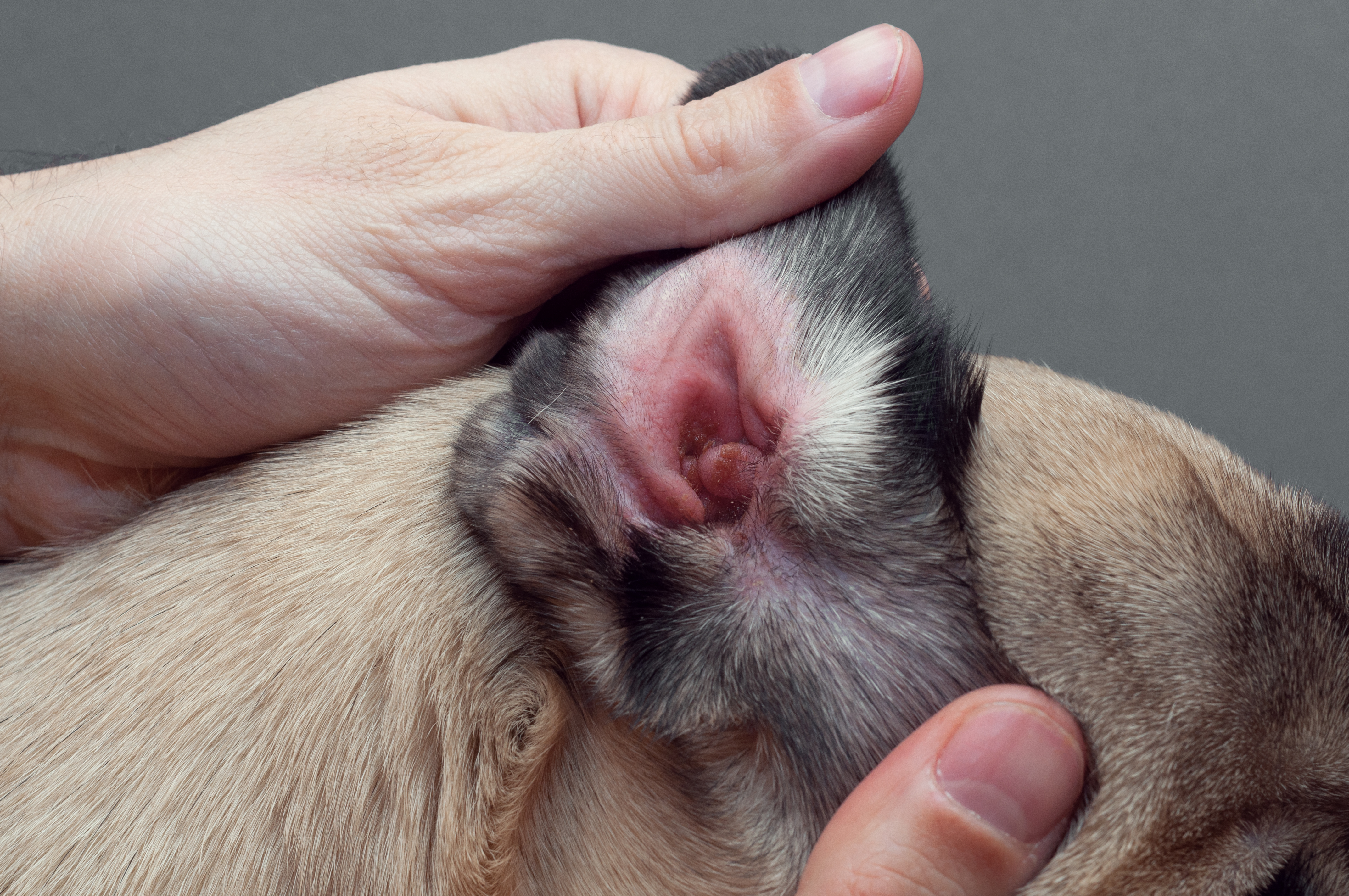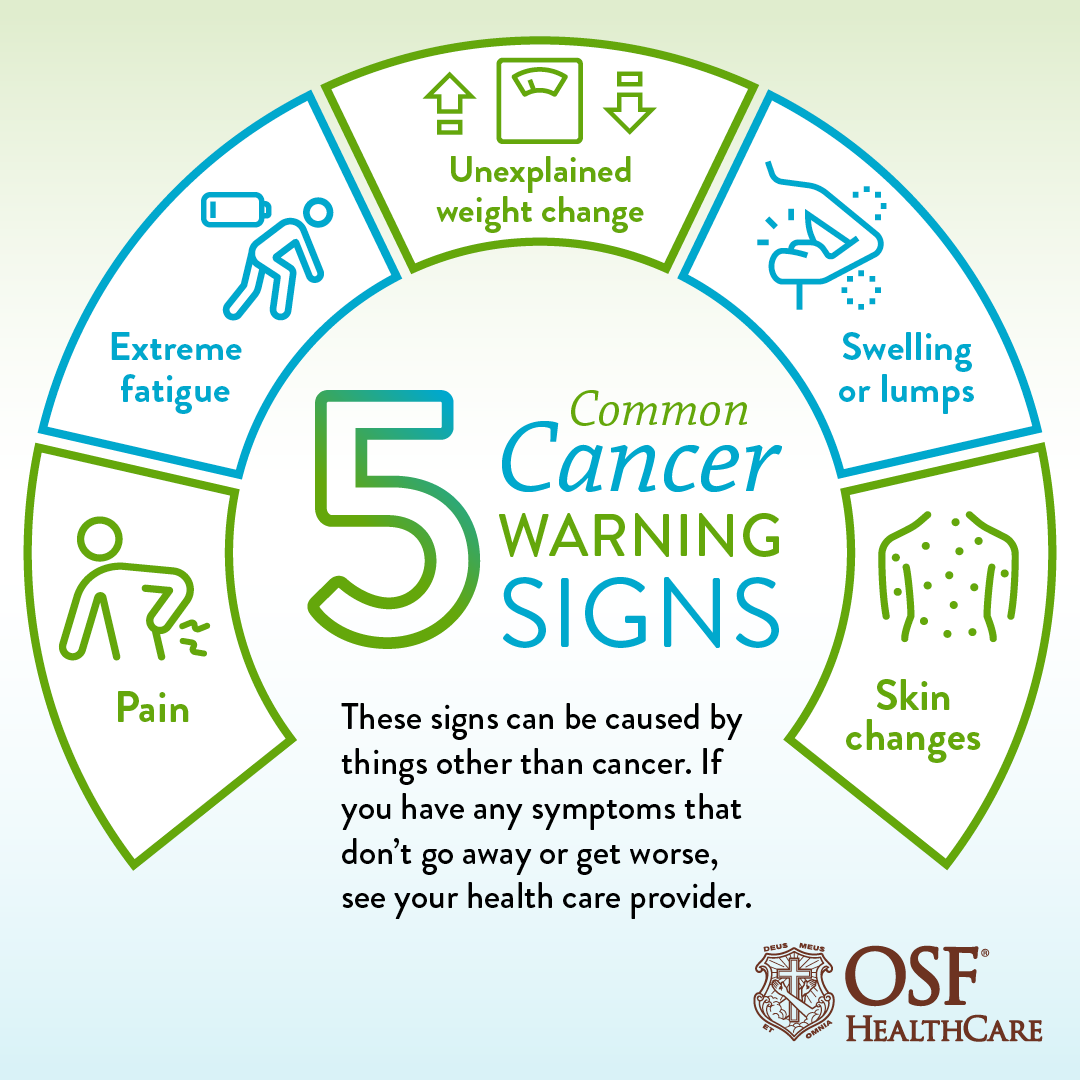If you notice unusual behavior such as intense staring, tapping with a paw, increased sniffing, or following you more closely, your dog may have cancer. In addition, lumps, changes in appetite, coughing, difficulty breathing, sores that won’t heal, and unexplained weight loss can also be warning signs of cancer in dogs.
If you suspect cancer, it is essential to consult a veterinarian for a complete wellness check, including blood work, to confirm the diagnosis. Early detection and aggressive treatment can improve the prognosis and increase your dog’s chances of survival.
Understanding Canine Cancer
Detecting Canine Cancer can be challenging, but signs such as abnormal lumps, changes in appetite, coughing, and difficulty breathing can indicate a potential problem. If you notice any of these symptoms in your dog, it’s important to consult with a veterinarian for proper diagnosis and treatment.
Overview Of Canine Cancer
Canine cancer is a devastating disease that affects dogs of all breeds, sizes, and ages. It is important for dog owners to be aware of the signs and symptoms of cancer, as early detection plays a crucial role in successful treatment. Understanding the different aspects of canine cancer can help pet owners navigate through this difficult journey with their furry friends.
Common Dog Breeds Prone To Cancer
While cancer can occur in any breed of dog, there are certain breeds that are more prone to developing this disease. Some common dog breeds that are known to have a higher risk of cancer include:
| Breed | Risk of Cancer |
|---|---|
| Boxer | High |
| Rottweiler | High |
| Golden Retriever | High |
| German Shepherd | High |
| Bernese Mountain Dog | High |
| Labrador Retriever | High |
If you own one of these breeds, it is important to be extra vigilant and monitor your dog’s health regularly.
Age And Cancer Diagnosis
The age at which dogs typically get diagnosed with cancer can vary depending on various factors such as breed, weight, sex, and cancer type. However, cancer can occur at any age, even in young dogs. It is essential for dog owners to be observant and take action if they notice any abnormal signs or symptoms in their fur babies.

Credit: petfolk.com
Detecting Canine Cancer
When it comes to your furry friend’s health, early detection is crucial, especially when it comes to cancer. Detecting canine cancer may seem challenging, but by being aware of potential signs and symptoms, you can give your dog the best chance for a successful recovery. There are different ways to identify if your dog has cancer, including observing behavioral changes and noticing physical symptoms.
Behavioral Changes
Dogs are creatures of habit, so when they start exhibiting unusual behavior, it can be a sign that something is amiss. Keep a close eye on your dog and look out for any of these behavioral changes that may indicate the presence of cancer:
- Increased lethargy and decreased activity levels
- Changes in appetite, such as sudden loss of interest in food or excessive hunger
- Unexplained weight loss or gain
- Changes in sleeping patterns, such as difficulty sleeping or excessive sleepiness
- Altered behavior, such as increased aggression or irritability
- Withdrawal from social interactions or a sudden change in their usual behavior with family members or other pets
If you notice any of these behavioral changes, it’s essential to consult with your veterinarian for a proper diagnosis.
Physical Symptoms
In addition to behavioral changes, certain physical symptoms can also provide clues about your dog’s health. When it comes to detecting canine cancer, keep an eye out for these physical symptoms:
- Lumps or bumps underneath the skin
- Unexplained swelling or inflammation
- Sores that won’t heal or that increase in size
- Abnormal bleeding, discharge, or odor
- Coughing or difficulty breathing
- Changes in bathroom habits, such as blood in urine or stool
If you notice any of these physical symptoms, don’t panic, but do make an appointment with your veterinarian as soon as possible. Remember that these symptoms can be related to various conditions, not just cancer. However, it’s essential to have your dog thoroughly examined and properly diagnosed to rule out any potential health issues.
Diagnosing Cancer
Diagnosing cancer requires a comprehensive approach, involving both physical examinations and diagnostic tests. When it comes to detecting canine cancer, your veterinarian may recommend the following diagnostic procedures:
- Biopsy: A tissue sample is taken from the suspected tumor and analyzed under a microscope to determine if it is cancerous.
- Blood tests: These tests can help identify abnormal blood cell counts and detect certain types of cancer.
- Imaging tests: X-rays, ultrasounds, or CT scans may be performed to visualize internal abnormalities or detect the spread of cancer.
- Cytology: Cells from a mass or fluid sample are examined microscopically for the presence of cancer cells.
Once a proper diagnosis is made, your veterinarian can develop an appropriate treatment plan to provide the best care for your dog.
Remember, early detection is key when it comes to canine cancer. By paying attention to behavioral changes and physical symptoms, you can give your furry friend the best chance for a long and healthy life. If you suspect cancer in your dog, don’t hesitate to reach out to your veterinarian for guidance and support.
Treatment And Prevention
When it comes to cancer in dogs, early detection and proper treatment are crucial for increasing the chances of a positive outcome. It is essential for dog owners to be aware of the signs and symptoms of cancer in their pets to ensure early intervention. Additionally, taking preventive measures can help reduce the risk of cancer in dogs. In this section, we will discuss dog cancer treatments, preventive measures, and promising research in the field.
Dog Cancer Treatments
The treatment options for dog cancer vary based on the type and stage of cancer. Your veterinarian will determine the most suitable treatment plan for your furry friend. Here are some common dog cancer treatments:
- Surgery: In some cases, surgical removal of the tumor may be recommended. This can be an effective treatment option for localized tumors.
- Chemotherapy: Chemotherapy is often used to treat cancer that has spread or cannot be surgically removed. It involves the use of medications to target and destroy cancer cells.
- Radiation therapy: Radiation therapy uses high-energy beams to kill cancer cells. It is commonly used in combination with surgery or chemotherapy to ensure a comprehensive treatment approach.
- Immunotherapy: Immunotherapy aims to stimulate the immune system to recognize and attack cancer cells. It shows promise in treating certain types of cancer in dogs.
Preventive Measures
While it may not be possible to completely prevent cancer in dogs, there are steps you can take to reduce the risk:
- Regular veterinary check-ups: Schedule routine visits to your veterinarian for check-ups and screenings. Early detection of any abnormalities can lead to timely intervention.
- Healthy diet: Feed your dog a balanced diet that includes high-quality ingredients. Consult with your veterinarian to determine the best dietary options for your dog’s specific needs.
- Exercise: Regular exercise helps maintain a healthy weight and promotes overall well-being. Obesity is a risk factor for certain types of cancer in dogs.
- Avoid exposure to toxins: Be mindful of your dog’s environment and minimize their exposure to harmful substances such as pesticides, chemicals, and secondhand smoke.
- Spaying/neutering: In some cases, spaying or neutering your dog at an appropriate age can reduce the risk of certain cancers.
Promising Research
Ongoing research in the field of veterinary oncology continues to explore new treatment options and preventive strategies for dog cancer. Scientists are studying innovative approaches such as targeted therapies and gene therapy to combat cancer in dogs. While these advancements are still in the experimental stage, they hold promise for the future of canine cancer treatment.

Credit: www.osfhealthcare.org

Credit: wearethecure.org
Frequently Asked Questions For How Do You Know If Your Dog Has Cancer
At What Age Do Most Dogs Get Cancer?
Most dogs develop cancer at varying ages depending on breed, weight, sex, and cancer type.
How Long Can A Dog Have Cancer Before You Know?
The duration a dog can have cancer before it is detected varies depending on the type and progression of the cancer. Regular vet check-ups can help identify cancer early.
How Do Dogs Act When You Have Cancer?
Dogs may show signs of cancer by staring at you, tapping with their paw, sniffing you, following you around more than usual, or staying closer to you. They can pick up on the smell of cancer.
How Long Do Dogs With Untreated Cancer Live?
Untreated, dogs with cancer typically live for about two months from the time of diagnosis. Early detection and aggressive treatment are crucial for improved survival rates. Look out for signs such as lumps, changes in appetite, coughing, difficulty breathing, and sores that won’t heal.
Conclusion
To recap, it is crucial for dog owners to be vigilant and aware of the signs and symptoms of cancer in their furry companions. Look out for warning signs such as lumps, changes in appetite, coughing or difficulty breathing, sores that won’t heal, and unexplained weight loss.
If you suspect cancer, consult with a veterinarian who can perform a complete wellness check and diagnosis. Remember, early detection and aggressive treatment can greatly improve your dog’s chances of recovery. Stay informed and prioritize your dog’s health to ensure a happy and healthy life together.



